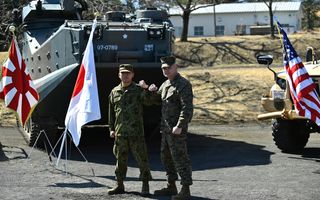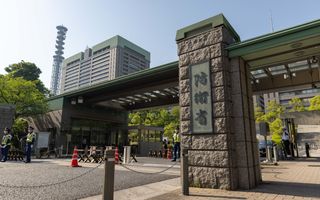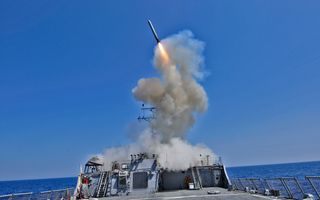About
This Japan-Australia-United States trilateral security study project assesses implementation of Japan’s new security strategy, drawing lessons from Australian defence policy and seeking opportunities for aligning trilateral strategy, policy, operations and industrial cooperation.
Japan’s former Prime Minister Abe Shinzo organised Japan’s government to compete geopolitically with China and to enhance deterrence and readiness for crises. He centralised national security decision-making in the Prime Minister’s Office and empowered the Chairman of the Joint Staff Office and Cabinet Intelligence Director. His 2015 comprehensive national security legislation opened the path for Japan to exercise the right of collective self-defence for the first time, allowing joint operational planning with the United States for contingencies in the Taiwan Strait, Korean peninsula, or South China Sea. He reversed two decades of declining Japanese defence budgets, putting the country back on a trajectory of small but steady increases since 2012.
Yet while Abe opened the political and legal doors for broader military capabilities at home and deeper integration with its allies and partners abroad, Japan still faces tough decisions with respect to spending in a tough fiscal environment; preserving autonomy and sovereignty while integrating with allies and partners; and improving security of information and competitive defence industrial strategies. Understanding these obstacles and finding realistic ways to help sustain the momentum behind Abe’s strategy will be a critical national security priority not only for Japan, but for the United States and other allies in the years ahead. Japan’s success in tackling these challenges will important to the US-Japan alliance and the burgeoning Australia-Japan security partnership. Australia can also offer valuable lessons for Japan on its own defence build-up and management of alliance with the United States.
The United States Studies Centre has organised a group of leading experts from all three countries to examine the priorities and tensions in five areas featured in Japan’s National Security Strategy, National Defense Strategy, and Defense Build-up Program released on 16 December, 2022: defence spending, counterstrike capabilities, command and control, defence procurement and industrial base issues, and intelligence capabilities and sharing.
The project team will be publishing a full report in support of this project in 2026. Expert papers by leading Japanese experts are available below.
This project is made possible by a grant from the Smith Richardson Foundation.
Principal investigators
Research staff
Publications
This article was commissioned as part of the Japan-Australia-United States trilateral security study project, Assessing the implementation of Abe's National Security Strategy

This speech was commissioned as part of the Japan-Australia-United States trilateral security study project, Assessing the implementation of Abe's National Security Strategy. It was presented at a virtual closed-door roundtable hosted by the USSC on 10 October 2023.

This article was commissioned as part of the Japan-Australia-United States trilateral security study project, Assessing the implementation of Abe's National Security Strategy

This article was commissioned as part of the Japan-Australia-United States trilateral security study project, Assessing the implementation of Abe's National Security Strategy.










